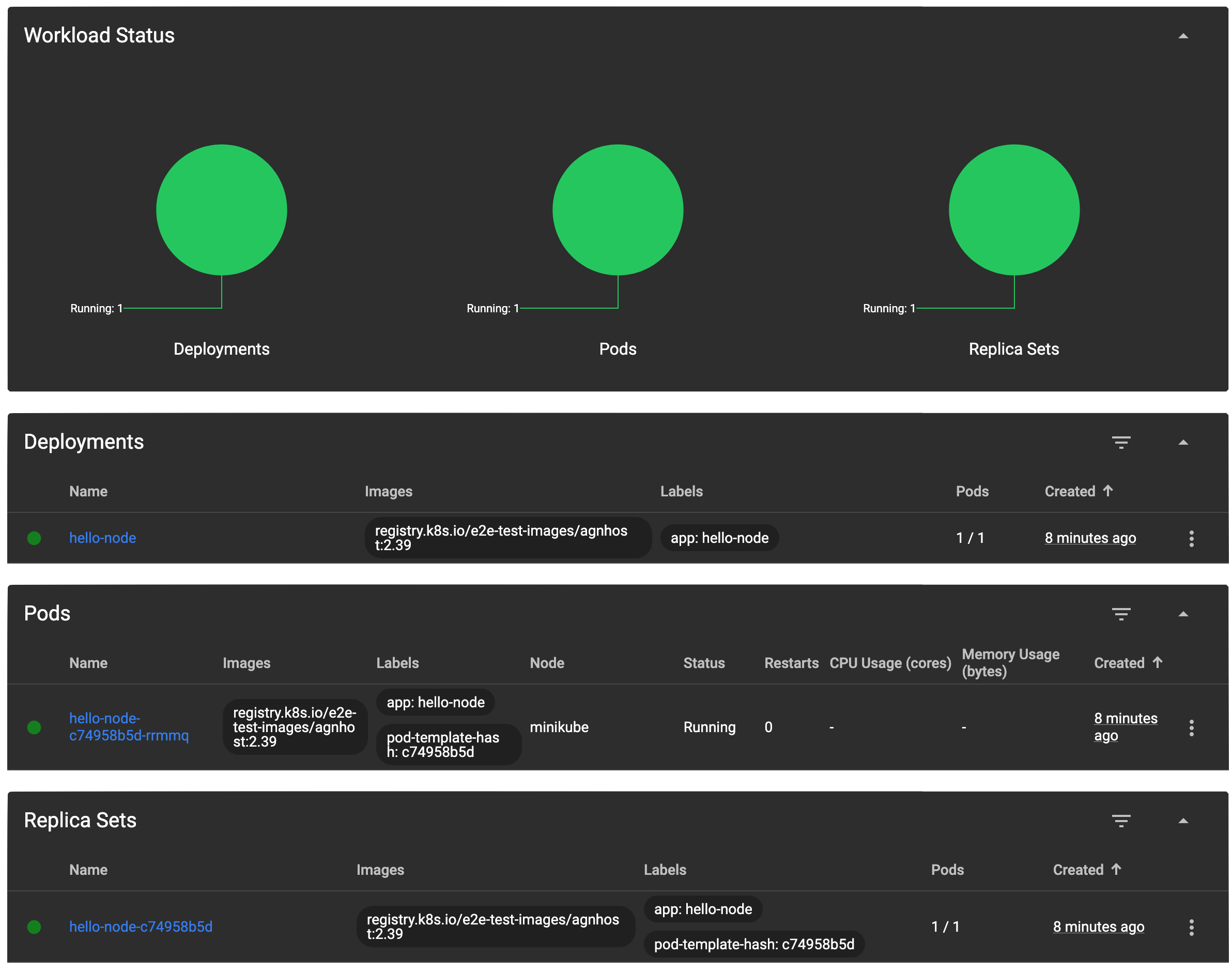Stateful Kubernetes Service WiP
Kubernetes(k8s) is a container orchestration system initially built by google and inspired by their internal Borg. With k8s support in all of the major cloud providers, it is the most universal way to run your service in the cloud.
It has been a longstanding idea that you should not host your database in k8s:
This post is not a recomendation of if we should persist data in a kubernetes service, but is an exploration of persistent data in kubernetes. To test our ideas on persistent data we will we will use Minikube.
Clusters
Kubernetes coordinates a highly available cluster of servers and allows you to deploy containerized applications to the cluster without tying them specifically to an individual server. Applications need to be packaged in a container (Docker). Kubernetes automates the distribution and scheduling of application containers across a cluster.
A k8s cluster consists of two types of resources:
Control Plane - coordinates the cluster
The Control Plane manages the cluster and coordinates all activities such as scheduling and maintaining applications: desired state, scale, and updates.
Nodes - workers that run applications
A node is the worker machine in a k8s cluster. Each node has a Kubelet for managing the node and communicating with the Kubernetes control plane.
The node has tools for handling container operations like containerd or CRI-O.
A production cluster should have a minimum of three nodes to maintain redundancy of etcd and the control plane.
When you deploy an applications: the control plane starts the application containers and schedules the containers to run on the cluster’s nodes. Node-level components, like kubelet, communicate with the control plane using the k8s API exposed by the control. End users can use the k8s API directly to interact with the cluster.
Deployments
kubectl create deployment hello-node \
--image=registry.k8s.io/e2e-test-images/agnhost:2.39 \
-- /agnhost netexec --http-port=8080

kubectl get deploymentskubectl get podspod=$(kubectl get pods --no-headers -o custom-columns=":metadata.name" | grep "hello-node" | head -n 1)kubectl get eventskubectl config viewkubectl logs $pod
Services
In order to expose a pod and make it a service you will need to expose the deployment:
kubectl expose deployment hello-node \
--type=LoadBalancer --port=8080
kubectl get services
NAME TYPE CLUSTER-IP EXTERNAL-IP PORT(S) AGE
hello-node LoadBalancer 10.102.77.214 <pending> 8080:32215/TCP 8m28s
kubernetes ClusterIP 10.96.0.1 <none> 443/TCP 20h
minikube service hello-node - opens a tunnel to the service so we can view the exposed endpoint locally
|-----------|------------|-------------|---------------------------|
| NAMESPACE | NAME | TARGET PORT | URL |
|-----------|------------|-------------|---------------------------|
| default | hello-node | 8080 | http://192.168.49.2:32215 |
|-----------|------------|-------------|---------------------------|
🏃 Starting tunnel for service hello-node.
|-----------|------------|-------------|------------------------|
| NAMESPACE | NAME | TARGET PORT | URL |
|-----------|------------|-------------|------------------------|
| default | hello-node | | http://127.0.0.1:52495 |
|-----------|------------|-------------|------------------------|
🎉 Opening service default/hello-node in default browser...
- start minikube
minikube start- dashboard
minikube dashboard